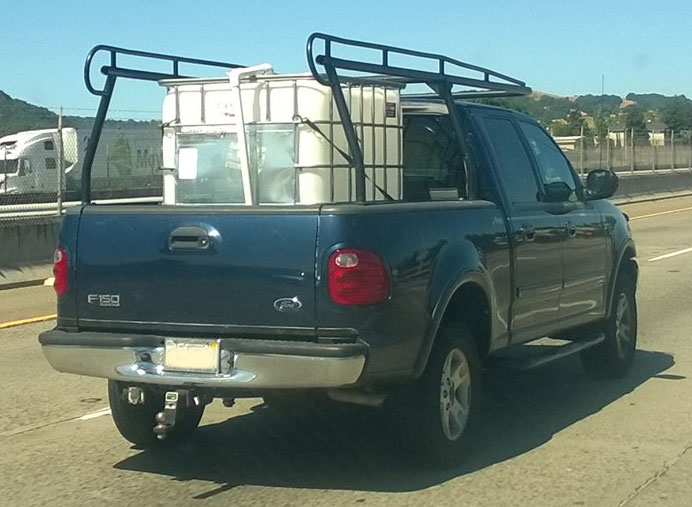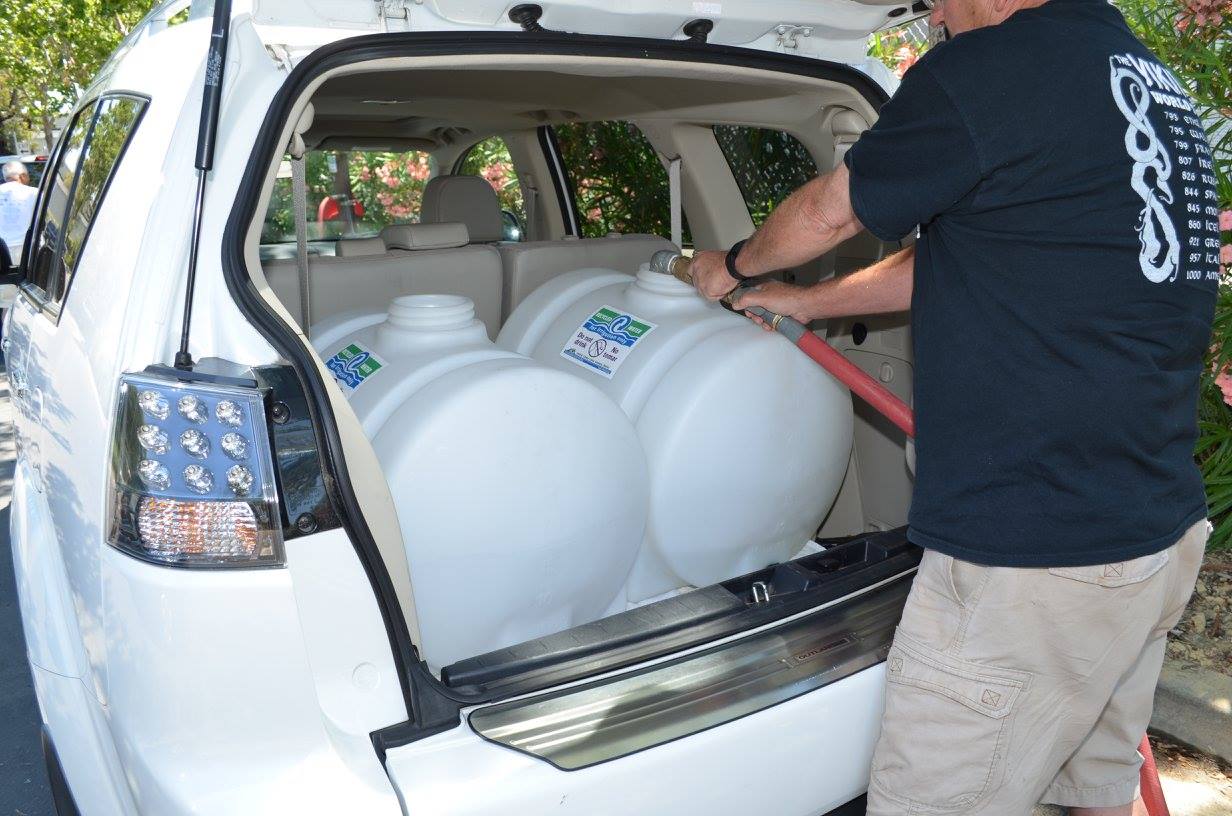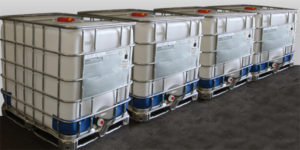
Source: KellyDrums.com
IBC Totes, 275 gallon totes, 300 gallon totes, carboys or whatever you want to call them. These things.
They’re big, they hold a lot of water, and they’re difficult to hook up to garden hoses. Why? Fittings for them are hard to find at the local hardware store.
Fire up your creativity, we’re going to show you how to hook up an IBC tote to a garden hose.

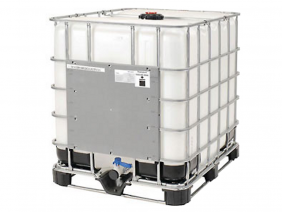
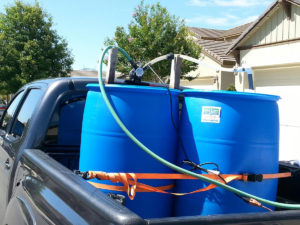
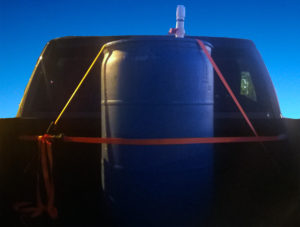

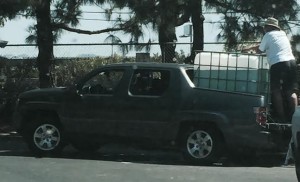
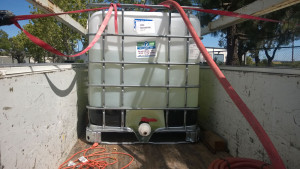
 The Free Recycled Water Fill Station at the CCCSD Household Hazardous Waste facility in Martinez has extended their hours and added more hose bibs.
The Free Recycled Water Fill Station at the CCCSD Household Hazardous Waste facility in Martinez has extended their hours and added more hose bibs.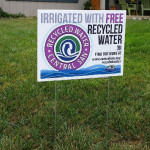 I am very impressed at how much activity this blog has received. From starting as
I am very impressed at how much activity this blog has received. From starting as 